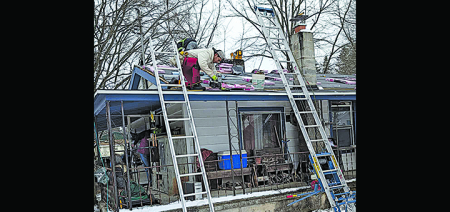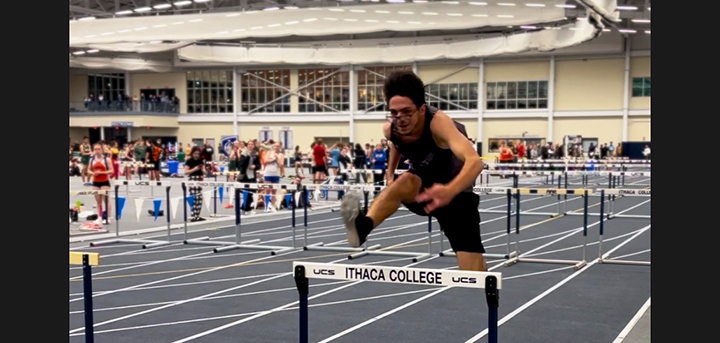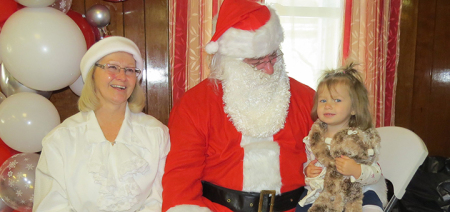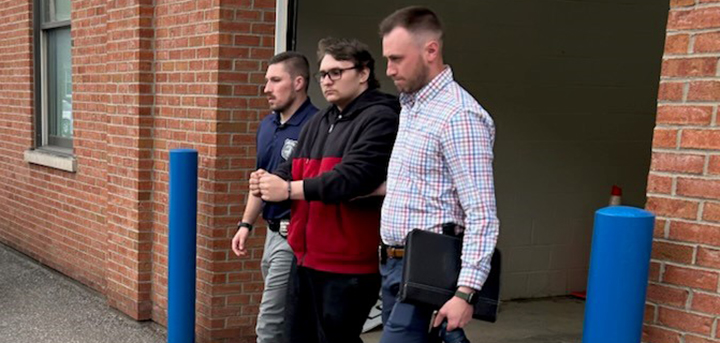Outdoor Chenango: Post Rut Deer Hunting
Published:
November 26th, 2025
By:
Eric Davis
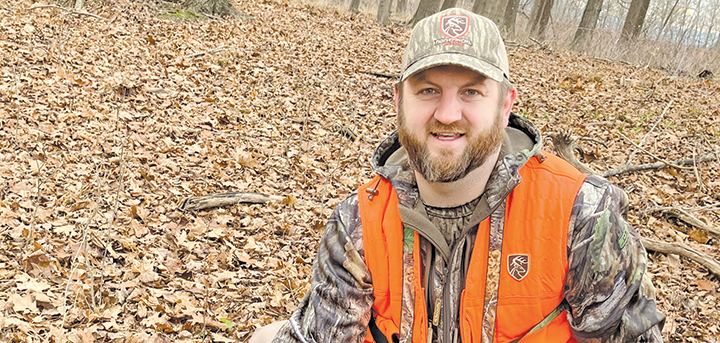
It has been gun season for just over two weeks now and the deer are going into their post-rut phase. This typically is accompanied by the notion of the hunting becoming worse. While hunters likely will notice there is less deer activity, this does not necessarily mean the hunting is worse. The key is to know how to make the most of seeing fewer deer.
If you still have trail cameras up, check them frequently. Bucks will start to show up in the day time as they need to start replenishing the fat reserves that they burned during the rut. The need to eat will lead them into showing themselves while it’s light out. Cameras set up on major trails between bedding and feeding areas can let you know what trail the buck is taking and when.
All it takes is one or two daytime pictures for a buck give away his position and allowing you a chance to take advantage. Also, use the snow to see where deer are walking. As the season progresses, you may notice a change in the trails that are used by the deer. This year I had deer avoiding a trail that goes in front of a ladderstand during bow season but have noticed since the snow has fallen that they are back to using the trail. I think it was due to the apple trees along that trail not producing many apples compared to the trees on another trail through the property. Now that the apples are gone the deer have gone back to the easiest path through the woods.
Do you feel that you have an excessive amount of does in the area? If you do, you may start to notice the “second rut” as does that weren’t bred during their first cycle of going into heat will start to go into heat again. While not as intense as the first rut, you can find bucks out looking for any does that go into heat for the second time. Use the same tactics that you use in the rut, just maybe avoid all day sits as the overall amount of movement is greatly diminished. Instead, focus on being where the does are in the morning and afternoon. In areas with a good buck-to-doe ratio, there is only one peak in the rut so this is not that common. Typically, you need a very poor buck-to-doe ratio (1 buck for every 10 does or more) to see a second peak of rut activity.
Whether you are chasing one specific buck or are trying to hunt where the does are, food will become the X-factor for success. As already mentioned, bucks need to recover from the wear and tear of the rut. All deer will be focused on putting on as much fat as possible before the long winter sets in. Carbohydrates are a preferred food type that is easily converted into fat reserves. Agricultural grains are a good source of carbs for deer. Looked at corn fields that have been combined or picked as this leaves more residual corn in the field that cut fields do. Still standing soybeans are a favorite of Midwest deer hunters during the late season timeframe. An often-overlooked source of carbs this late in the fall is acorns. While deer will eat freshly dropped acorns in the early fall, some species of oak have acorns with more tannins in them which make them less palatable when they are fresh. However, after sitting around for a month or more, the tannins leach out of the acorns and the acorns become easier on the deer’s stomach. A few years ago, when hunting during the late muzzleloading season, a friend was complaining that he had thousands of dollars invested in food plots and wasn’t seeing any deer in them.
He said he walked through the woods and it looked like a twister had gone through. The deer had been nosing through the leaves on the forest floor feeding on acorns. After hearing that, I noticed the forest floor where I was hunting looked the same way. So consider giving an oak flat a second chance this late in the fall.
Author: Eric Davis - More From This Author
Comments
